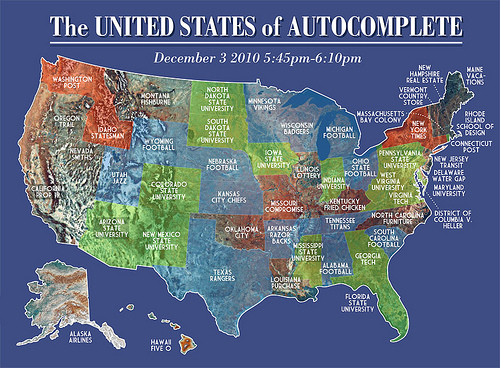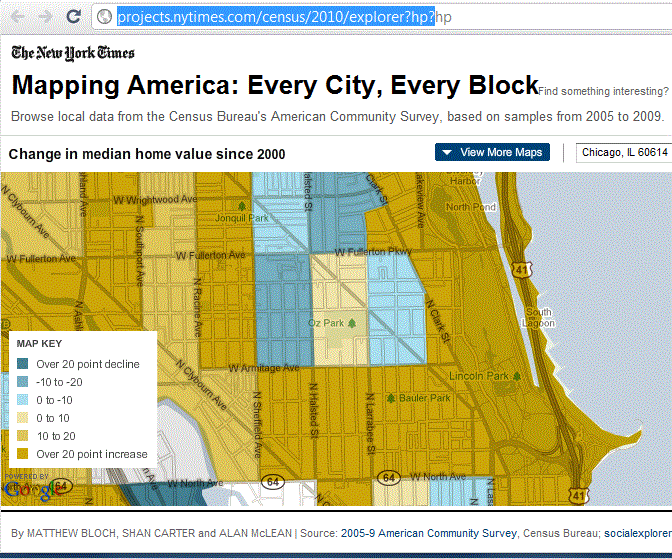Throughout my career in software development, I have spent many, many hours in meetings. Endless meetings. Soul-sucking meetings. Insurance companies are the worst, and they hire lots of developers, which just increases the aggregate lifetime meeting time-suck of the average developer.
It's fun to figure out after the meeting not only how much time just disappeared from the universe, but also how much it cost. So I am overjoyed to discover that Scott Adams sells this on his website:

When meetings are running nearly four hours long and your coworkers are sharing tales of their weekend escapades or botched nose jobs and you'd rather just be sitting at your cube getting some actual work done, motivate people to stay on task with TIM...Time Is Money calculator.
I'm not alone in wanting this. The item is on backorder until—I am not making this up—groundhog day.
I've just pushed out an interim build of the Inner Drive Technology demonstration project, Weather Now. In addition to fixing a couple of annoying bugs, I added a significant new feature. The weather lists on the home page now can show whatever text I want for the weather station names. Before, it could only show their official designations, which made the lists harder to use.
You can see how useful this is immediately. The list of NFL football games now shows you what game the weather goes with. Also, I added arbitrary sort ordering and station begin/end times, so the lists you see today may not be the same as the lists you see tomorrow.
These features take the site a half-step closer to the next major release, due at the end of January, that will allow you—yes, you—to set up your own lists. That feature set will take a while to develop, which explains why I wanted to get this half-point release out first.
I'm not entirely sure what I think of this:
Amazon is working on a solution that could revolutionize digital gift buying. The online retailer has quietly patented a way for people to return gifts before they receive them, and the patent documents even mention poor Aunt Mildred. Amazon's innovation, not ready for this Christmas season, includes an option to "Convert all gifts from Aunt Mildred," the patent says. "For example, the user may specify such a rule because the user believes that this potential sender has different tastes than the user." In other words, the consumer could keep an online list of lousy gift-givers whose choices would be vetted before anything ships.
The proposal has also brought into focus a very costly part of the e-retailing business model: Up to 30 percent of purchases are returned, and the cost of getting rejected gifts back across the country and onto shelves has online retailers scrambling for ways to reduce these expenses.
Amazon's patent is 12 pages long, with numerous diagrams, including a "Gift Conversion Rules Wizard" that shows how a user could select rules such as, "No clothes with wool." The document makes for curious reading, reducing the art of gift giving to the dry language of patentry.
So, someone buys you a gift through Amazon, who in turn send you an email warning you about the gift, so you can take the money the other person paid and apply it to something you would prefer. That seems kind of...rude, don't you think?
On the other hand, it might cut economic deadweight loss around the holidays....
The patent is number 7,831,439.
Strange Maps finds our state mottoes through Google:
Google any word, and the search engine will suggest a longer phrase, based on the popularity of current searches starting with the same word.
This so-called autocomplete function (1) is, like any good advice, in equal parts helpful and annoying. Also, being a clever piece of statistics, it offers a fascinating insight into the mind(s) of the Great Online Public.
The same principle of random revelation can be applied to geographic terms, which is exactly what this map does. These United States of Autocomplete have been collated simply by typing in the name of each US state, then plotting the autocompleted results on an actual map of the US.

Montana's, and Washington's are, for different reasons, the most surprising.
The first official 2010 Census results are out today. As of April 1st there were 308,745,538 residents of the United States. California, the most populous, had 37,253,956; Wyoming, the least, had 563,626.
We have a decennial census in the U.S. because our Constitution mandates it. Every 10 years, we reapportion representation. This time, very much like the last time, Illinois, Missouri, Michigan, Pennsylvania, New Jersey, and Massachusetts are losing a seat; New York and Ohio are losing two; Washington, Nevada, Utah, Arizona, Georgia, and South Carolina gain one; Florida gains two; and in a sign of the Apocalypse, Texas gains four. Louisiana also lost a seat, most likely as a result of people fleeing after Katrina in 2005 (though the state did have a net gain of around 70,000 people). With these results, each member of the House represents about 711,000 people.
Oddly, only Michigan and Puerto Rico lost population since 2000. Nevada had the biggest proportional gain, its population increasing 35%. Texas had the largest numeric gain, of about 4.5 million. Other big gains include North Carolina (about 1½ m), Arizona (25%), Utah (23%), and Idaho (21%).
The Census has an interactive tool that has data back to 1910 for more information.
The New York Times has released an application mapping key Census indicators by census tract.

Seriously, you could spend hours playing with this thing.
Chicago Public Radio analyzes losing Bump to Silicon Valley as a demonstration of the lack of VC and incubator support here:
David Lieb and his friend Jake Mintz hatched [Bump] at the University of Chicago Booth School of Business when they discovered in that flurry of the first few weeks of school that they really, really hated manually typing all their new friends’ contact information into their phones.
So, along with their friend Andy Huibers, they figured out a way to “bump” two phones together to transmit that contact info. And their new smartphone application was born on March 27th, 2009. Things moved fast from there - they won the school’s New Venture Challenge business plan competition and in the summer of 2009, just like Gold Rush era miners of yore, they packed up and headed to California.
They didn’t go with the intention of staying. ... [And] just because they got [a $3m VC infusion] there didn’t mean they had to stay. They could have come back to Chicago. But they didn’t. They opened their headquarters in Mountain View, California, and now have 15 employees there and are “aggressively hiring.”
Lieb says the main reason was because Huibers lived in California already. But there was another reason that speaks to Silicon Valley’s dominance.
"We knew we needed to hire a bunch of people, and being here in the Valley is really where all that technical talent is," Lieb said in an interview.
Chicago has lots of talent as well, and it has amenities that the suburbs of San Jose simply can't offer. But I also have found some limitations on the Chicago startup scene, and that many startups here have to be self-funded for the reasons Ashley Gross mentions in her story. (I'll publish my paper later this week.)
I almost forgot: the Inner Drive demonstration site, Weather Now, got a significant upgrade this weekend, to version 3.6. I added two new features that are part of long-term plan of improvements. They don't sound like much, but they're pretty important bits that other features will depend on.
First, the lists of weather stations that appear on the home page are now generated dynamically from a database table. This means that I can change them, remove them, add them, or schedule them without having to make code changes. For example, during NFL Football season, you'll notice a list of home football games that changes every Tuesday at midnight Eastern time. In the past, to add a list like that, I'd have to make code and configuration changes. Now I don't.
Now the cool part, and how this is just a step towards a larger feature: In version 3.7 (coming out in January, I hope), you, dear user, will be able to create your own lists.
Second, I've added caching to the current weather reports. Before, every page view required multiple round-trips to the weather database. Now, any time the site retrieves current weather from the database, it stores the reports for some length of time. Any subsequent page requests will find the weather reports in the cache. This means the home page loads significantly (10x) faster on most views. The site gets about 11,000 page views every day, so this is non-trivial.
The cache right now has a fixed expiration time of 180 seconds, and I can change that through the standard application configuration tools. By "fixed" I mean the cache will discard all reports older than three minutes, forcing the application to refresh those reports from the database. This strikes a good balance between current data and application speed, I think, especially since the National Weather Service (whence comes the data) has new information at about that frequency. (You can read more about how caching works in the Inner Drive Extensible Architecture™ SDK.)
I think these are really cool changes, and I'm excited about how much it moves me down the roadmap. And the 3.7 update will be even cooler.